If you have already seen the Christopher Nolan movie Tenet perhaps they have been able to notice the appearance in it of several curious names (Arepo , Sator ) at first sight unrelated, but actually have a common origin. Even the title of the film itself participates in this little mystery.
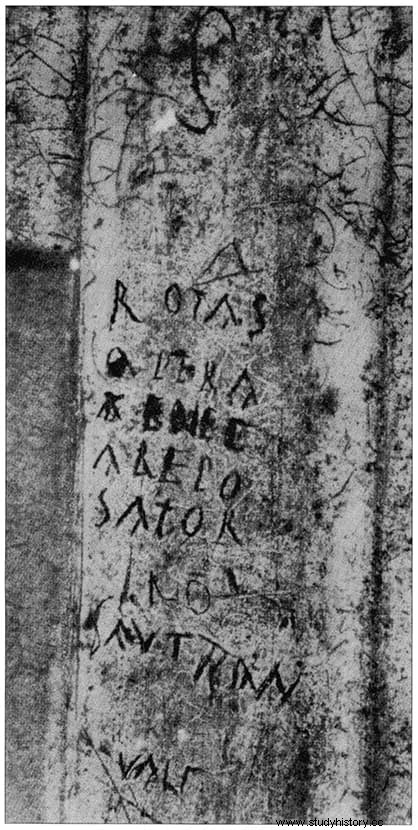
And all of them are part of an inscription whose oldest example was found among the ruins of Pompeii, and which has also appeared in other archaeological sites such as Dura-Europos (4 were discovered in one of the rooms surrounding the courtyard of the temple of Azzanatheona) in present-day Syria, Corinium (present-day English Cirencester), in the castle of Rochemaure in France, on a wall of the cathedral of Siena, in Santiago de Compostela and even in the excavations carried out under the church of Santa María la Mayor in Rome. It's called Sator Square.
In 1952 an inscribed Sator square appeared on one of the bricks of the Aquincum Governor's Palace in Obuda, Hungary. It is accompanied by the mention of a cohort that was part of the military contingent that built the residence of the legate of Lower Pannonia, who settled there in 107 AD, and therefore the brick must be from the same period.
One of the latest discoveries was made in 1971 in Conimbriga, the ancient Roman city located on the road that went from Lisbon to Braga. As you can see, all the finds are related to the Roman or medieval world.
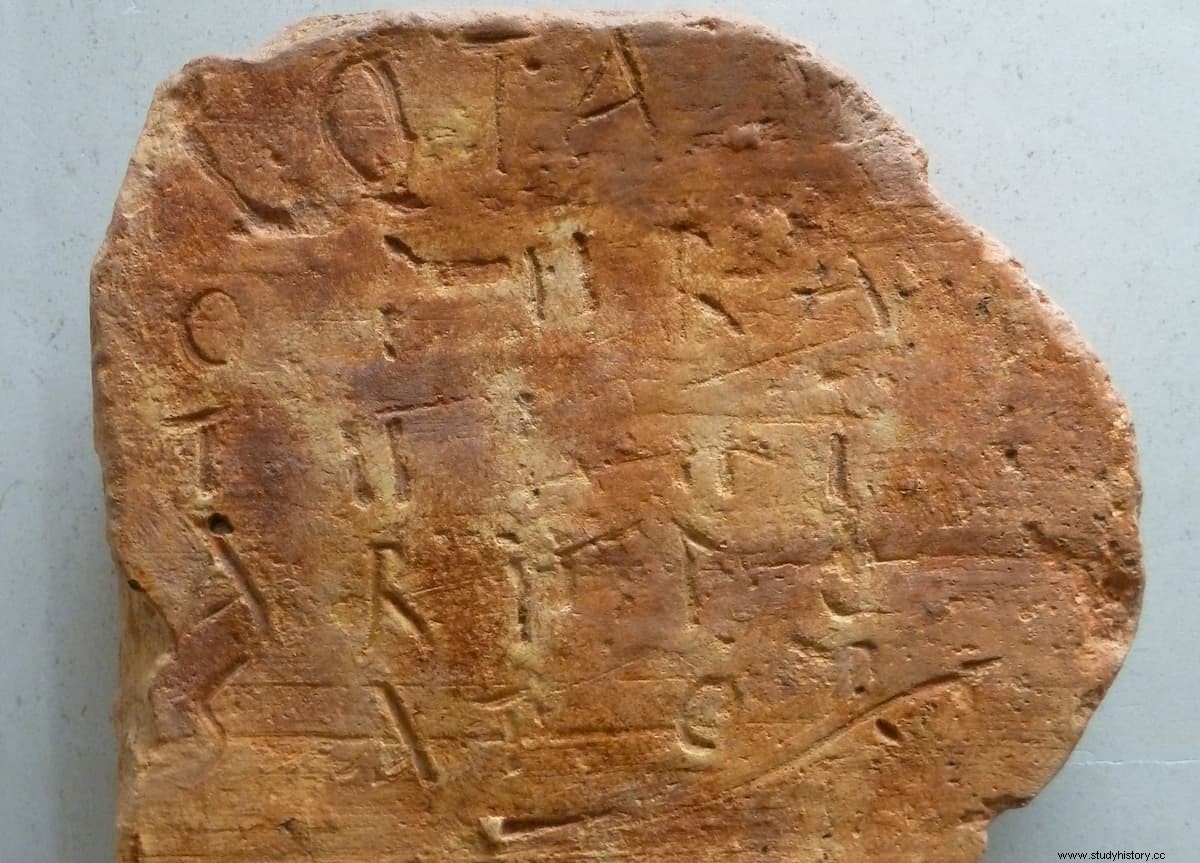
The inscription in question forms a kind of magic square with five Latin words:SATOR, AREPO, TENET, OPERA and ROTAS, (sometimes they start with the last word) that together make up a multipalinndrome, being able to read them both from right to left and from left to right, from top to bottom and from bottom to top The center of the square is the word TENET, the only one of the five that is itself a palindrome, forming a cross that can be read in any direction.
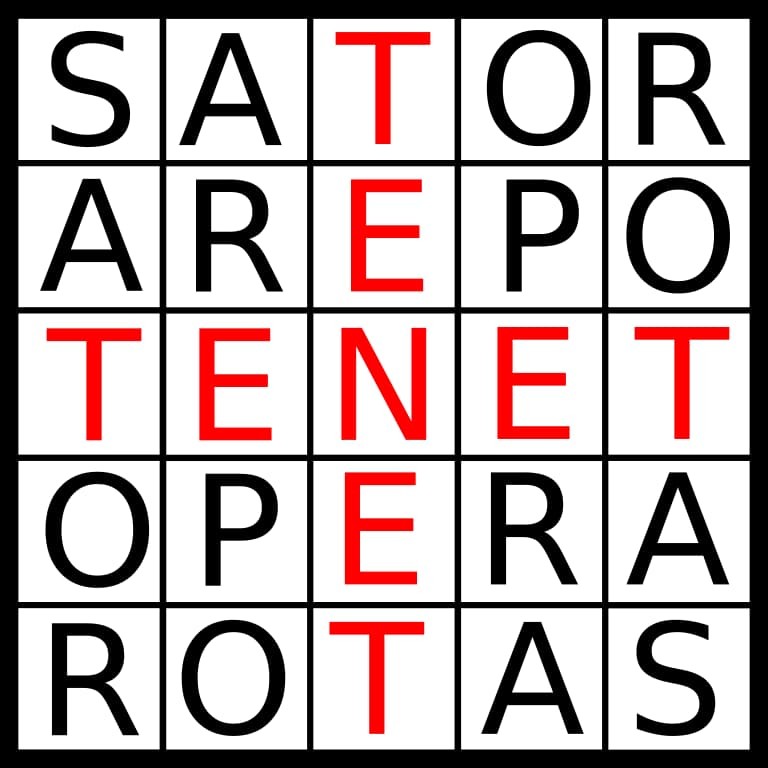
As we said, the oldest of all these inscriptions (there are also in Portugal, Sweden and other Western European countries) appeared in 1925 on the bathroom wall of the house of Publio Paquio Próculo and his wife, with the peculiarity that begins with the word ROTAS instead of SATOR. In 1936 another one appeared, in one of the columns of the gym near the amphitheater.
Nobody knows what it means. The first interpretation pointed to a phrase like The Arepo sower uses wheels (plough) to work , which would make sense if Arepo were a Roman name, but does not exist in Latin. Others, taking the phrase as SAT ORARE POTEN ET OPERA ROTAS , translate it Enough power to pray and to work daily . Those who believe in the latter interpretation argue that many of these inscriptions have appeared in places such as hermitages and monasteries, where the ora et labora prevailed. (pray and work).
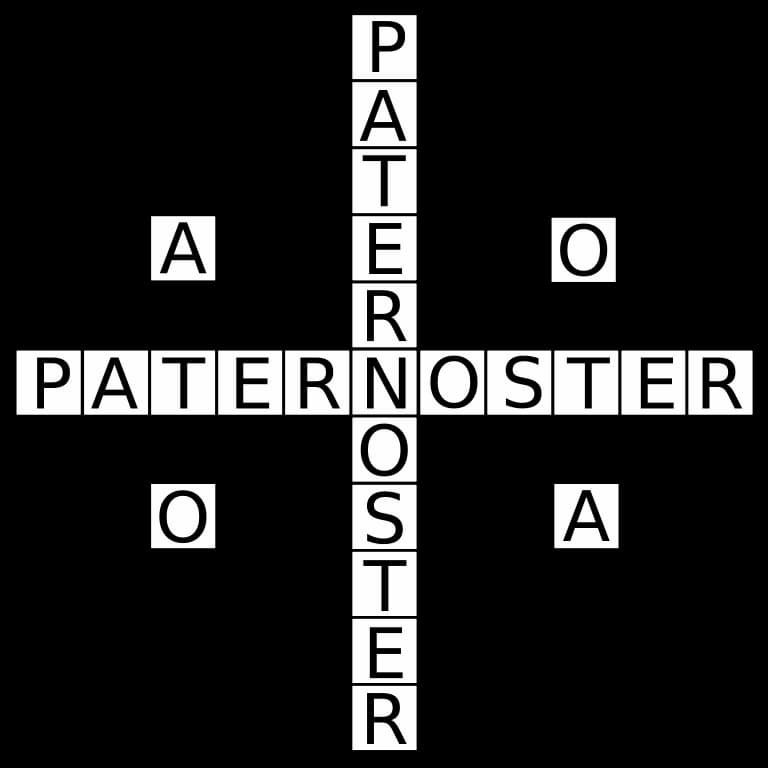
Another curious interpretation is that of Grosser, who affirms that the letters that make up the inscription can serve to form a cross with the word PATERNOSTER crossed in the letter N, leaving two A's and two O's left over, which would be placed at the four extremes, as alphas and omegas. The Sator square would thus be a concealed cross, used by early Christians to avoid persecution. However, this interpretation is rejected by those who see in the inscription an older origin.
Among these there are those who associate the name Sator with an ancient form of the god Saturn, whose wife was called Ops, whence opus derives and its plural opera . In general, everyone assumes that Arepo is a proper name, but nobody knows where it comes from. Some indicate from Egypt, others from a Celtic word that designated the plow, and there are even those who propose a Hebrew or Aramaic origin.
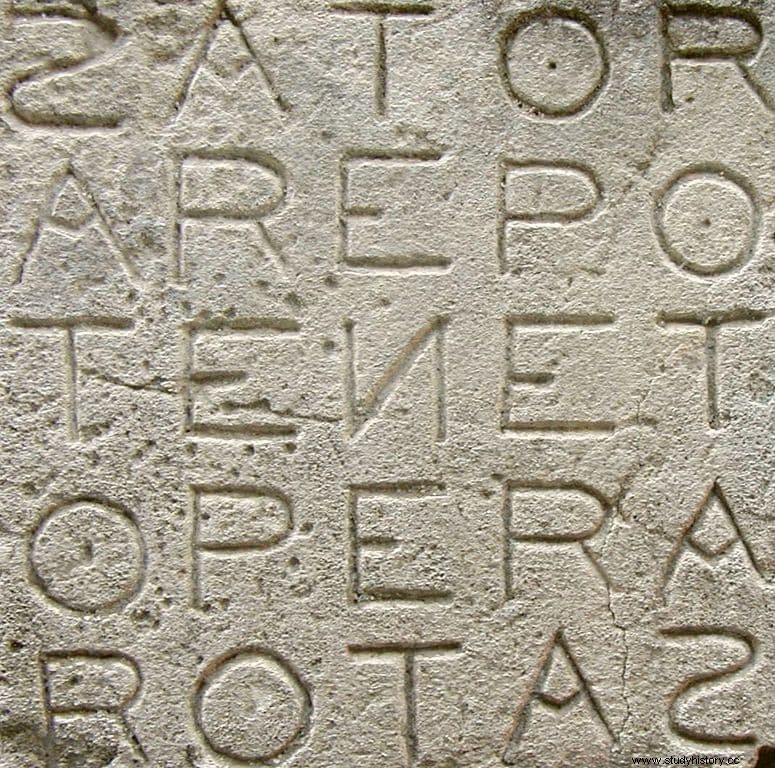
Interestingly, in the Ethiopian Christian tradition, the wounds of Christ on the cross are named with five words:Sador, Alador, Danat, Adera and Rhodes, which has an extraordinary resemblance to the words of the Sator square. Furthermore, in the 9th and 10th centuries the Byzantines called the three wise men by the names of Ator, Sator and Peratoras.
In 2006 Nicolás Vinel concluded that it was a Jewish cryptogram that uses Pythagorean arithmetic. Of course, his hypothesis was not very well received by the rest of the researchers.
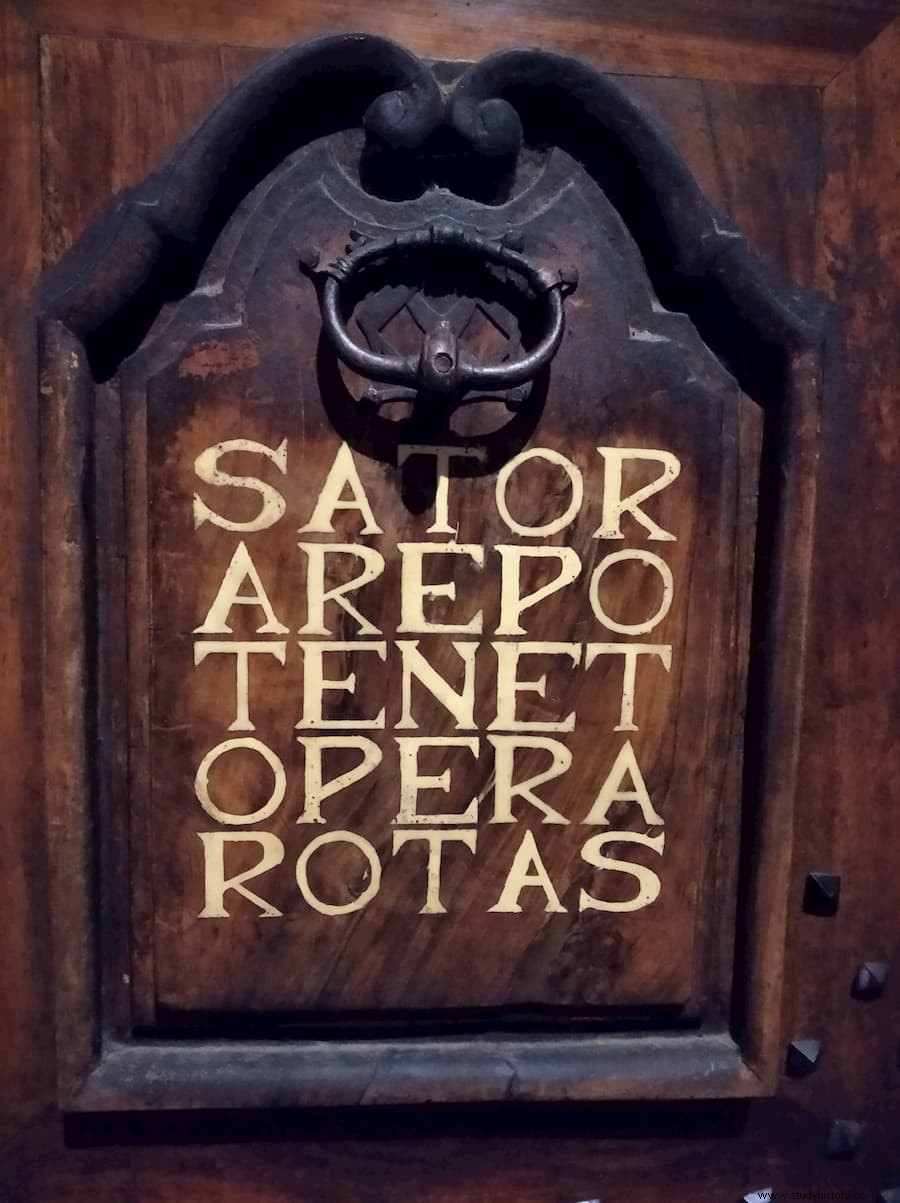
Today the Sator Square usually appears from time to time in areas related to esotericism, unsolved mysteries and all kinds of speculations, which try to give it more or less accurate meanings. But the truth is that today there is no consensus on its interpretation and, therefore, we still do not really know what it means or what it was used for.
